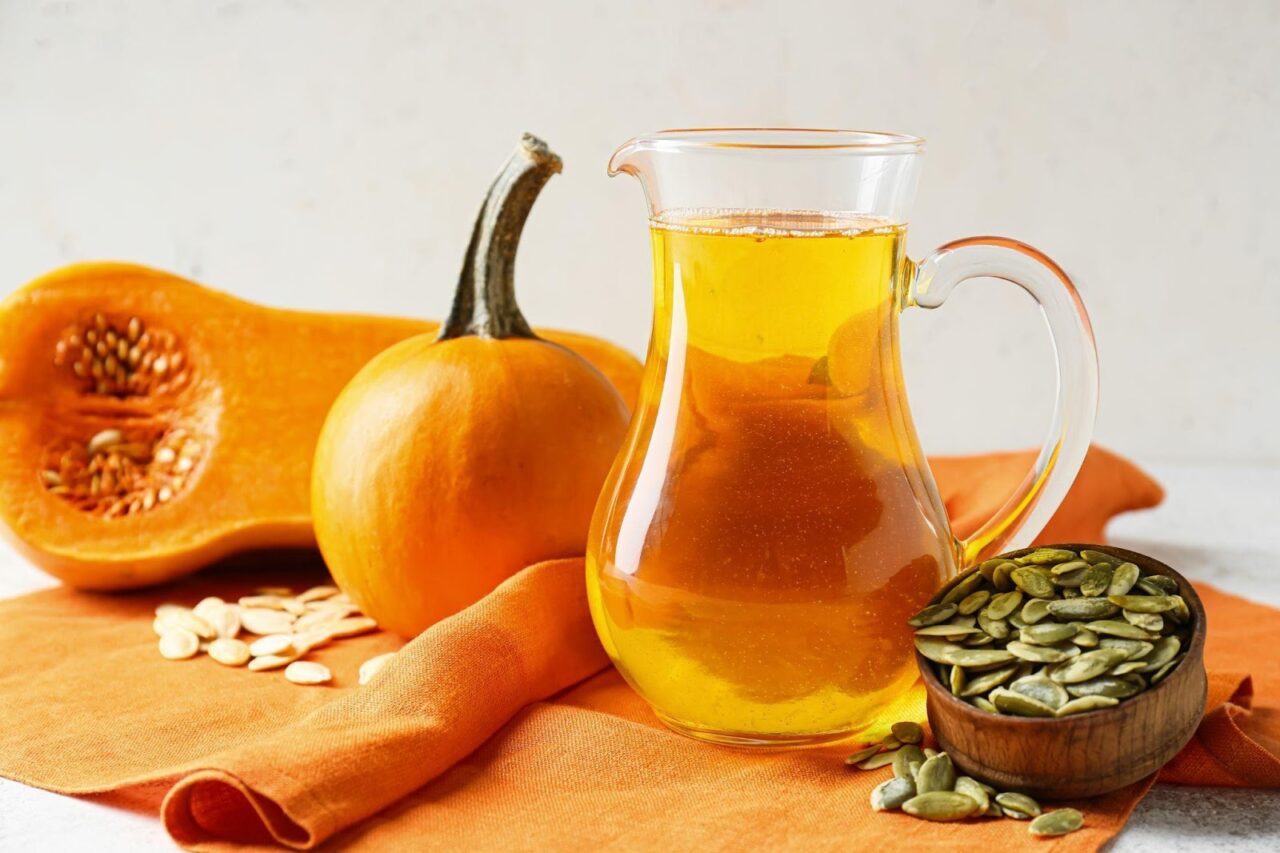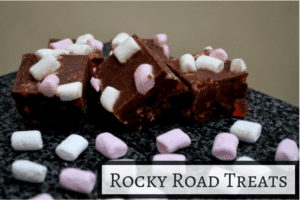Featured
Pumpkin seed oil is one of the rare essential oils that doesn’t always look the same, which can make you question the oil’s potency and even if it’s still safe to use. Therefore, it’s important to learn about the colors of pumpkin seed oil to understand how they impact the oil’s benefits and safety.
The good news is that we’re here to help. This article takes you through what pumpkin seed oil is, its various colors, and how it can help.
What Is Pumpkin Seed Oil?
Pumpkin seed oil is an oil that’s extracted from pumpkin seeds. It has a rich texture and rusty color, so don’t expect it to be orange like a pumpkin. Typically, you’ll find pumpkin seed oil sold as an essential oil because of its health benefits. For example, it can help with inflammation and other immune system functions. It’s also a flexible essential oil, so you can use it directly on your skin, in an aroma diffuser, or even in a bathtub.
It’s also important to note that most pumpkin seed oils are made with Styrian pumpkins, which are found in Europe. You can make oil with other pumpkins, but the color, texture, and benefits may vary.

What Is Pumpkin Seed Oil Used For?
Pumpkin seed oil has many uses. While many people use it as an essential oil for their skin, hair, and general health, it’s also a cooking oil that you can use to add rich flavors to your food. In fact, you can use the seed oil to add nutrients to foods you’re cooking, so swap out that olive oil and give pumpkin seed oil a try next time.
Aside from cooking, some of the health benefits found in pumpkin seed oil include:
- Treatment for skin
- It aids in hair growth and prevents hair loss
- Alternative treatment for male alopecia
- It can lower cholesterol
- Pumpkin seed oil is an unsaturated fat, so it’s one of the healthier sources of fat
While pumpkin seed oil can be beneficial, always consult with a doctor if you plan on replacing medications or treating illnesses.
What Color Is Pumpkin Seed Oil?
Pumpkin seed oil is an interesting oil because it’s not always the same color. This is because pumpkin seed oil can either be light green, dark green, red, or dark red. Ultimately, it comes down to the thickness of the oil and whether or not it’s being held up to light. Unfortunately, this makes it confusing to know what you’re looking at. That said, understanding what makes the color different is important because the color influences the potency of the oil.

Why Pumpkin Seed Oil Color Is Important
The color is important because it determines the quality of the pumpkin seed oil. You should only choose pumpkin seed oil that has a dark green color and a red shimmer when it’s shined in the light. A color scheme like this suggests that the oil hasn’t been overcooked.
What Other Priorities of Pumpkin Seed Oil Are Important?
Color alone is rarely enough to tell if you’re looking at high-quality pumpkin seed oil. Instead, you want to consider the entire picture. Make sure you consider how it smells and how it feels as well. Some indicators of good pumpkin seed oil include oil that’s viscous and not bitter. Unfortunately, if you notice any burning smells, there’s a good chance that it’s not the best pumpkin seed oil.

Get the Best Pumpkin Seed Oil Today
If you don’t want to worry about getting the right color or making pumpkin seed oil the wrong way on your own, we recommend getting your hands on a pumpkin seed essential oil. These are premade oils that have the appropriate potency and color for the use that you need.
While every essential oil brand may have its own unique spin on the seed oil, we love Wholesale Botanics’ pumpkin seed oil because it stays true to the natural appearance and properties of pumpkin seed oil. This makes it safe, affordable, and even easy to use in a diffuser or when mixed with other oils.
If you’re feeling adventurous, you can also try making pumpkin seed oil on your own. You can either cold-press or hot-press the seeds.
Image Credit: depositphotos.com






























